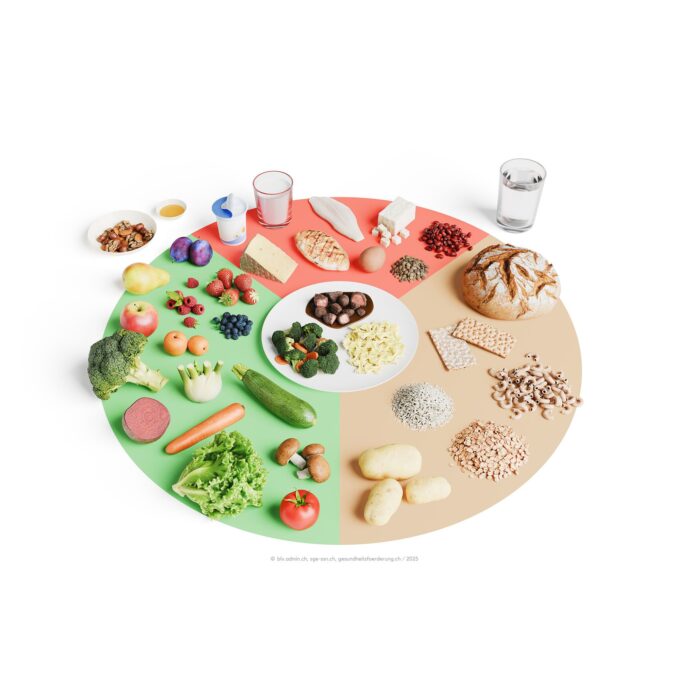SGIG GV & Symposium 2020
SGIG President Ludwig Binkert welcomed the speakers and the numerous participants to the SGIG AGM and symposium at Hug AG in Malters. He thanked Co-Managing Director Anna Hug and Production Manager Erich Regli for their hospitality - as well as Martin Wettmann and Peter Klauser for organizing the meeting.

58 participants with voting rights attended the SGIG General Assembly. The statutory business was dealt with and the assembly approved the annual accounts and discharged the board under the leadership of the president of the day Georges Heinzen. Ludwig Binkert thanked the outgoing treasurer Andreas Merz and his wife Trudy for their 5 years of service to the study group. They have always performed and fulfilled their tasks reliably and competently. The president presented them a fruit bowl with a few bottles of wine for a convivial round as a thank you. He also thanked Werner Duttweiler from the University Hospital Basel-Stadt for his commitment as delegate of the study group to the umbrella organization for occupational safety and health suissepro.
Giuseppe Costa, Head of Accident at HRM Systems in Winterthur, was newly elected to the Board and Beat Strebel, Head of Occupational Safety at Habasit AG in Reinach BL, was elected as SGIG delegate to the umbrella organization suissepro. The budget for 2020 presented by Andreas Merz was unanimously approved. The annual fees for individual and collective members remain unchanged.
World Café: Vision SGIG 2030
Under the direction of Peter Klauser a World-Café took place with the five items: Bigorio Seminars - Conferences - Divisions - PR - Services and Miscellaneous. The aim was to work out the future orientation and design of SGIG with the participation of all members. Under the leadership of the board members, a lively exchange of experiences, hints and ideas for the future of the study group took place at the posts. The board thanks for the cooperation and will keep the members informed about the further development in an appropriate form.
"Naturally - honestly" on the road with Swissness
By the co-managing director of Hug AG, Anna Hug, the company philosophy, the values and the goals of the company were presented to the attendees. The Hug company was founded more than 140 years ago with a bakery in Lucerne. The cornerstone of success was laid by Josef Hug-Meyer with the invention of the rusk. Since then, countless other pastries have been added, such as Läckerli, Willisauer-Ringli, Dar-Vida Crackers, catering pastries, frozen snacks and Bricelets. Hug AG is a typical Swiss family business with three locations: Malters, Willisau and Trimbach. Today, the replacement of the 5th generation is ensured by Anna Hug (marketing and sales) and Fabian Hug (development, innovation, quality management). HUG stands for: "Cordial" "Entrepreneurial" and "Conscientious". These principles are part of the philosophy and the basis for entrepreneurial action.
Project "backhaus"/Integration Wernli Trimbach at the Malters site
Marianne Wüthrich Gross presented the large-scale backhaus project. She was site manager in Trimbach and is now project manager backhaus in Malters. After extensive clarifications, the idea of continuing the Trimbach site had to be rejected, in particular for reasons of lack of space for an extension. At a cost of CHF 60 million (construction and facilities), the company is now building a new factory building for the Trimbach production lines at the Malters site. As many Trimbach employees as possible are to be transferred to Malters, where they will operate these lines ex Trimbach. At the same time, a warehouse with space for 1300 pallets will be built. Five complete production lines including upstream and downstream processes will be relocated. The planning and implementation of this project required time, manpower and forward-looking communication. Those present gained a good insight into the still ongoing integration process for the employees from Trimbach, which the company is shaping in an open and human way, with appreciation and tolerance.
At the moment it looks like, thanks to the great efforts, about 80% of the employees intend to continue their professional future at Hug AG in Malters. This also means that the great existing know-how and thus the product quality can be secured.
Food safety versus (?) occupational safety
Beat Bryan from Quality Management explained how the two topics of Occupational safety and Health protection part of all construction meetings, relocation meetings and in the regular CIP meetings during ongoing operations. In a food production plant, the issues of food safety and occupational safety are closely linked. From a food perspective, there are the HACCP principles (Recognition, Assessment and Control of Biological, Chemical or Physical Hazards) which, together with Good Manufacturing Practices (GHP), ensure the safety of products. As with occupational safety, food safety is also about the health of people. While one is about employees, the other is about customers (and so are employees!).
Many measures to control risks in areas such as cleaning agents, work shoes, food defense, infectious diseases, etc. serve both occupational and food safety. A good company culture and teamwork form the important basis for the functioning of these measures. However, food safety and occupational safety are sometimes in conflict with each other, because, for example, constant washing/disinfection is required, there is a need for impact protection (= plastic above production equipment), pinch guards to protect employees at the machines, etc. This, however, means a "foreign body" in turn. However, this in turn means a "foreign body risk" for the products, or more difficult cleaning. Regarding the large project bakehouse Beat Bryan described the key points of the construction and operational planning, the transfer of products, production lines and employees. The meticulous production planning in advance and the safe phased relocation of the five production lines from Trimbach to Malters is a prerequisite for the company to be able to supply safe products in the usual good quality and sufficient quantity during this phase.
More info
Under the name Study Group for Health Protection in Industry, Service and Trade (SGIG) exists as an association founded in 1956 with the aim of promoting safety and health protection in the world of work. The study group supports the exchange of experience and knowledge between occupational physicians, occupational hygienists, safety engineers, safety specialists and other persons, such as line managers, who deal with questions from the mentioned subject areas and offers corresponding specialist conferences and training courses.
The SGIG is a section of the umbrella organization suissepro of the professional societies for safety and health at work.









